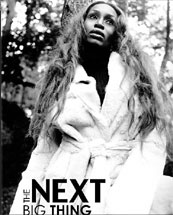Esther Nash – Socialite, Fashion and Jewelry Designer − Continues to Climb New Heights
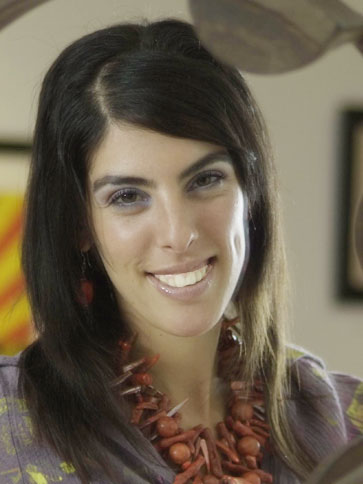 Socialite, fashion designer Esther Nash is what most people would call a self-made woman. She’s a graduate of FIT, and has attended and received several scholarships to the top schools of design in New York, including Cooper Union, Art and Design High School, National Academy of Design, and she even took art classes for ten years at the Metropolitan Museum of Art. My head was spinning when she listed her credentials. I found it even more intriguing when she told me that she used to model, but they thought she was too short (except for print), was a gymnast, but they told her she was too tall, and was also a ballerina with the Joffrey Ballet for 5 years. She has appeared in several television shows, movies, and commercials including Law & Orderand Lift. Her designs have been featured on Sex in the City.
Socialite, fashion designer Esther Nash is what most people would call a self-made woman. She’s a graduate of FIT, and has attended and received several scholarships to the top schools of design in New York, including Cooper Union, Art and Design High School, National Academy of Design, and she even took art classes for ten years at the Metropolitan Museum of Art. My head was spinning when she listed her credentials. I found it even more intriguing when she told me that she used to model, but they thought she was too short (except for print), was a gymnast, but they told her she was too tall, and was also a ballerina with the Joffrey Ballet for 5 years. She has appeared in several television shows, movies, and commercials including Law & Orderand Lift. Her designs have been featured on Sex in the City.
I had seen Esther around fashion events in both L.A. and New York for over 4 years.We’d exchanged friendly hellos and had even engaged in a conversation or two at an after party. But I never really had the chance to sit down with the emerging designer until we kept bumping into each other at New York Fashion Week last February. She had interesting styling advice, was very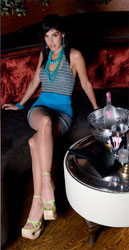 candid about the collections that showed, and ever so often she would find herself being photographed and interviewed by local TV and paparazzi. To the outside public, it had appeared that Esther Nash had finally arrived.
candid about the collections that showed, and ever so often she would find herself being photographed and interviewed by local TV and paparazzi. To the outside public, it had appeared that Esther Nash had finally arrived.
On Nash’s website esternash.com, I saw a collection of club wear and vintage clothing modeled mostly by Esther, who considers herself an atelier. Her creations are one-of-a-kind. You’ll find magazine articles featuring the young designer, and a running theme in those articles is her sheer determination to succeed in a cut throat, competitive business. Esther has had press coverage in Teen People, New York,Cosmo Girl, Teen Style Monthly, and Gotham, just to name a few. She encourages girls to stay chaste the way she did for so long, and not to be afraid to go for their dreams. You tell me, what’s not to like about Esther Nash! But, in a sea of blogs on the Internet and skeptical naysayers, sometimes the feedback isn’t always so favorable. In spite of the fickle press, Esther continues to forge ahead.
How did you start your line?
I graduated from FIT, I studied tailoring and sportswear. I was given scholarships for Art and Design High School on the East Side in New York for very gifted students in the arts. I studied fashion design there, took 10 years of art classes at the Metropolitan Museum of Art. I received  scholarships every year for ten years, including 2-year scholarships for the Arts Students League, the National Academy of Design, and Cooper Union. I also studied painting, illustration, sculpting, and photography. I was accepted to all the top notch schools. It’s been a long road.
scholarships every year for ten years, including 2-year scholarships for the Arts Students League, the National Academy of Design, and Cooper Union. I also studied painting, illustration, sculpting, and photography. I was accepted to all the top notch schools. It’s been a long road.
I figure-skated for seven years, ballet danced for 5 at the Joffrey Ballet, and took gymnastics at the Nova Gymnastic School for 10 years. I was too tall for gymnastics, too short for modeling. My clothes made it onSex in the City. My designs are being shown at Patricia Fields in Soho, and they were selected for the show. Anna Wintour came to my last fashion show, and my [Baby Doll] line is selling [in a boutique called Booty] in Japan.
Tell me about your clothes.
My motto is, “Be seen and be remembered. Sparkle and shine like the superstar that you are.” The clothing is very young, fun, trendy, feminine, and glamorous—pretty much everything combined. It’s pretty much making an impression for a lifetime the first time, because you only have that one time to make a good impression. You have only that one chance, and if you blow it,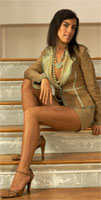 that’s pretty much how they will remember you. So you have to accessorize well, and I always try to incorporate my designs with other designers. It could be vintage, high end, low end. You have to work with your budget, and not everyone has the same budget.
that’s pretty much how they will remember you. So you have to accessorize well, and I always try to incorporate my designs with other designers. It could be vintage, high end, low end. You have to work with your budget, and not everyone has the same budget.
So that means you’re an atelier. You don’t mass produce, but you design for individuals.
I do one-of-a-kind originals for now. I sew. I drape. I do everything. I have a jewelry line. It’s Finnish glass, Austrian crystals, precious stones, sterling 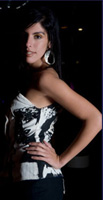 silver, and stainless steel. It’s bulky jewelry. Because if your jewelry doesn’t work with the outfit, you always need a little something besides just the clothing.
silver, and stainless steel. It’s bulky jewelry. Because if your jewelry doesn’t work with the outfit, you always need a little something besides just the clothing.
I just signed with Ikon models (www.ikonmodels.com) in their celebrity division, and they’re revamping my whole image. We just had some new photos taken. It’s more grown up. I’m on a new television show coming up. Kelis is the host. It’s called “Style Warriors” on VH1. The show is about 5 designers that are competing to win as the best designer.
Now, are you the designer on the show competing?
I’m competing. I actually won the competition. It’s supposed to air, and if it does well, it will go to a full TV series.
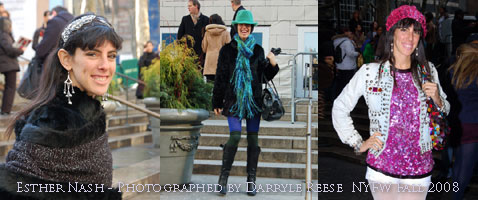
Congratulations. Before, I said I saw your stuff about 3-4 seasons ago. Would you describe it as club wear?
Club wear, swimwear, knitwear, eveningwear, jewelry, rock star glam. The men’s wear is Sugar Daddy. You have to just be out there. You can’t give up, because when you do, that’s where they eat you alive.
Speaking of eating alive, tell me about some of these blog sites you’re on.
There are a few haters out there. I am not loved by everyone. You have to pick and choose, but all publicity is good publicity, I hope. I was just in theNew York Times on Sunday, and I had some haters. It’s unfortunate, but it’s okay. I’m on some blog websites. The nice ones are The Quest for “it, Alison Blackman, Advice Sisters, Girlfriends, and Cognac Corner. I have all these people that are jealous, angry, frustrated, bored….
Let’s talk about your process for designing. If a client comes to you and requests a certain type of outfit, how do you go about creating it?
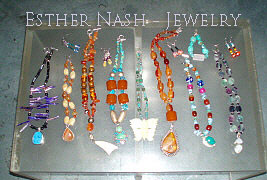 [I ask them] where are they going? What is the design for? What kind of weather, occasion, weight? A lot of designers forget that real people gain and lose weight. Everyone’s not perfect looking, a stick figure. It’s upsetting because people think that you stay forever 21, and it’s not true. You have to move with the times. Otherwise you’ll be left behind if you don’t know how to change. I design for my mother. I make jewelry for her. When you’re designing for different ages, you have long skirts, short skirts, etc. You have to ask what people feel comfortable wearing. Otherwise they won’t be good advertisement for you.
[I ask them] where are they going? What is the design for? What kind of weather, occasion, weight? A lot of designers forget that real people gain and lose weight. Everyone’s not perfect looking, a stick figure. It’s upsetting because people think that you stay forever 21, and it’s not true. You have to move with the times. Otherwise you’ll be left behind if you don’t know how to change. I design for my mother. I make jewelry for her. When you’re designing for different ages, you have long skirts, short skirts, etc. You have to ask what people feel comfortable wearing. Otherwise they won’t be good advertisement for you.
What’s your highest high as a designer─the most amazing moment in your life?
Anna Wintour [Editor in Chief of AmericanVogue] attended my fashion show. A filmmaker made a film about it called “Runway Job,” which was in a few festivals.
Lowest Low
When I met a few young men that proposed and they wanted me to give up my career. So I had to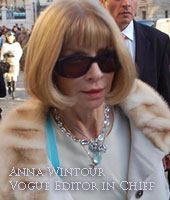 break off three engagements. It’s okay. Single is fine until you meet the right person and they don’t ask you to choose.
break off three engagements. It’s okay. Single is fine until you meet the right person and they don’t ask you to choose.
I did read some information on you, and I do know that you have this philosophy about virginity.
I do think it’s important to wait. I waited a very long time.
Did you stop waiting?
Yes, I gave up my virginity to my ex-fiance. I just couldn’t wait anymore.
How do you feel that philosophy worked with what you were trying to do?
I think it was great because I wasn’t ready. I waited a long time, but I was not physically or mentally ready to “de-virginize” myself. Each person is different, and I think it’s important that you know who you are before you give up yourself to your mate. It was a 14-month relationship.
Were there any obstacles in your pursuit of designing?
Of course. I did it the old-fashioned way. No connections, scholarships, working very hard. A lot of people have investors, backers, family members…everything is set. But I have talent and I think in the end it will happen for me.
What advice would you give to a young designer trying to come up in this industry?
 They should not give up. They should follow their dreams, take another job if they have to. Continue with school and their education. Then they will at least at a later time [pursue their dream] and they’re not out of the loop. So as a hobby they work on their dream and they have their profession and career on the side. That way they’re not angry people who had to give up their dreams because they had to pay their bills. At some point you feel you have to marry, have children, and that you have to give up something. I don’t feel that’s true. I don’t believe that you have to ever give up your dreams for anyone else. And that’s why I continued working. And I am not about to give up now!
They should not give up. They should follow their dreams, take another job if they have to. Continue with school and their education. Then they will at least at a later time [pursue their dream] and they’re not out of the loop. So as a hobby they work on their dream and they have their profession and career on the side. That way they’re not angry people who had to give up their dreams because they had to pay their bills. At some point you feel you have to marry, have children, and that you have to give up something. I don’t feel that’s true. I don’t believe that you have to ever give up your dreams for anyone else. And that’s why I continued working. And I am not about to give up now!
To learn more about Esther Nash, visit her websitewww.esthernash.com.
By Kaylene Peoples
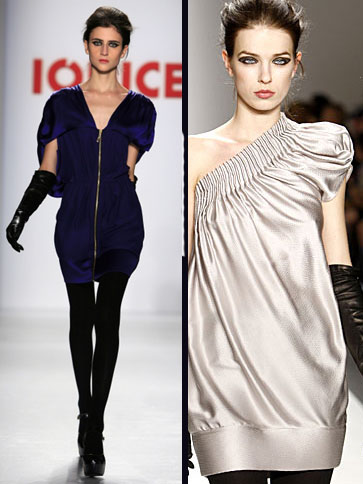 Brazilian designer Vlademar Iódice’s love for design came from watching his mother hand sew their family’s clothes. Following in his family’s footsteps, he learned the technical aspects of creating and producing clothes. He launched his label in 1987 and created a trademark with his last name. Vlademar is personally involved in every step while creating his designs. He explains that his creativity and inspiration is nurtured by whatever surrounds him. The Iódice woman is described as strong, loving of self─and aware she is loved─extremely feminine and confident, and well-traveled. However, she doesn’t forget her roots. Vlademar has a unique way of interpreting femininity through his designs, and his inspiration comes from his Brazilian way of life. Celebrities like Linsday Lohan, Mischa Barton, and Victoria Beckham have been spotted wearing his designs.
Brazilian designer Vlademar Iódice’s love for design came from watching his mother hand sew their family’s clothes. Following in his family’s footsteps, he learned the technical aspects of creating and producing clothes. He launched his label in 1987 and created a trademark with his last name. Vlademar is personally involved in every step while creating his designs. He explains that his creativity and inspiration is nurtured by whatever surrounds him. The Iódice woman is described as strong, loving of self─and aware she is loved─extremely feminine and confident, and well-traveled. However, she doesn’t forget her roots. Vlademar has a unique way of interpreting femininity through his designs, and his inspiration comes from his Brazilian way of life. Celebrities like Linsday Lohan, Mischa Barton, and Victoria Beckham have been spotted wearing his designs. 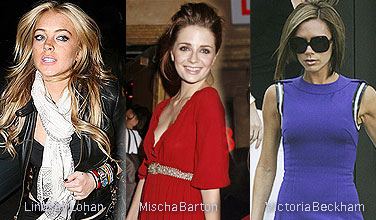 His sizzling collection includes an array of black leather and black patent leather jackets, and trench coats topping micro-mini skirts. His signature molded sleeves and draping off-the-shoulder style define who can actually pull off the Iódice style—somewhat reminiscent of the iconic 80s pop stars.
His sizzling collection includes an array of black leather and black patent leather jackets, and trench coats topping micro-mini skirts. His signature molded sleeves and draping off-the-shoulder style define who can actually pull off the Iódice style—somewhat reminiscent of the iconic 80s pop stars.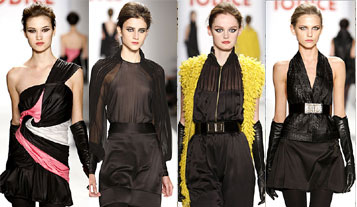 vest was a unique accessory to an all black jumpsuit, and sleeveless and off-shoulder shimmering dresses in silver and pink helped to reinforce that 80s feel. As a fan of rich colors, I appreciated the navy, caped, zipped up dress. Black dresses with accents of color were another favorite.
vest was a unique accessory to an all black jumpsuit, and sleeveless and off-shoulder shimmering dresses in silver and pink helped to reinforce that 80s feel. As a fan of rich colors, I appreciated the navy, caped, zipped up dress. Black dresses with accents of color were another favorite.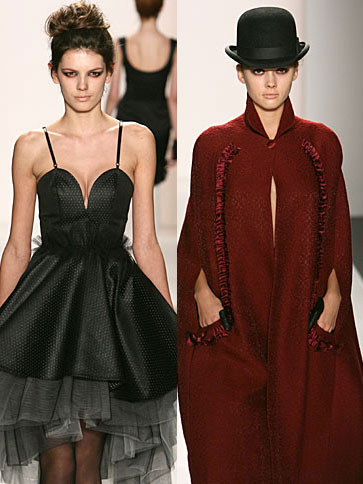
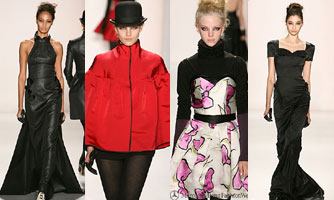
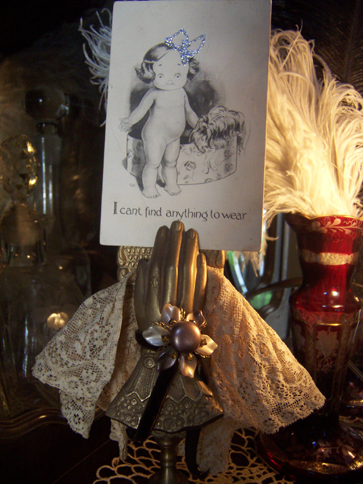

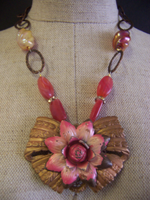
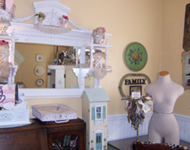
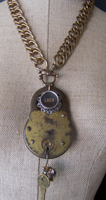
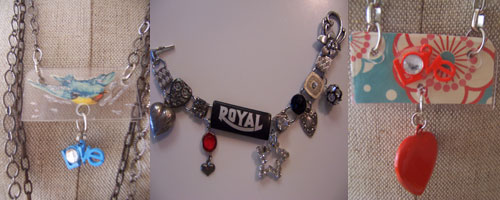
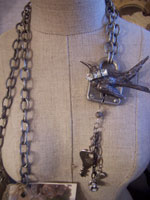








 They should not give up.
They should not give up.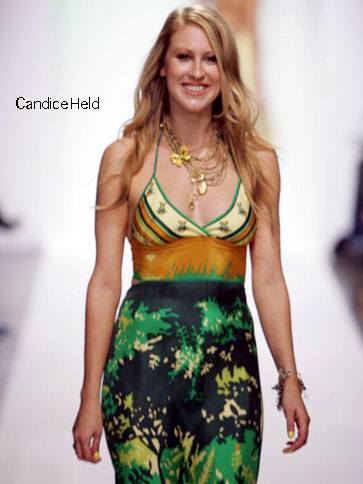
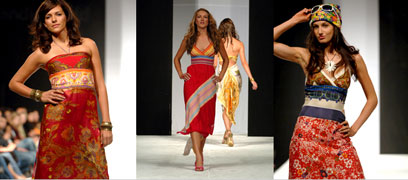
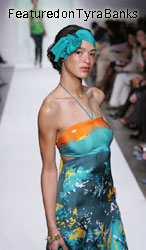
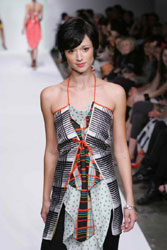
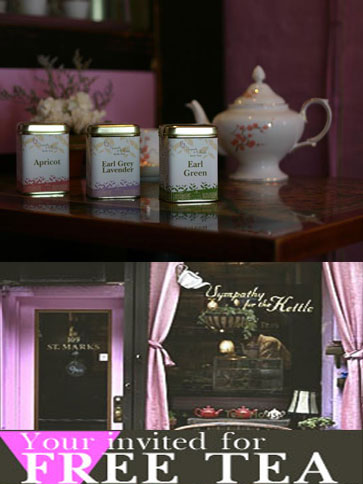
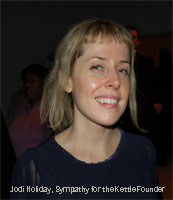
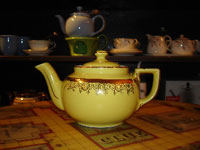
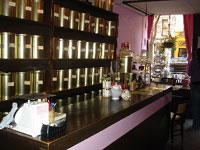
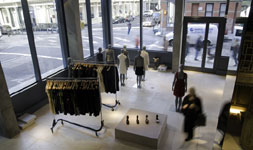
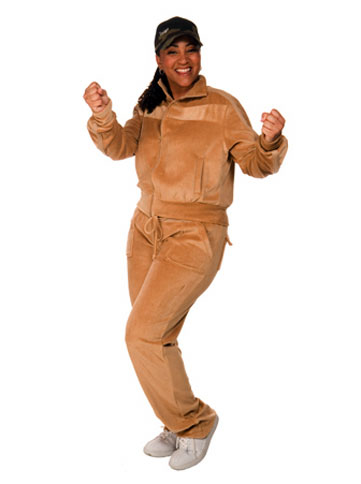
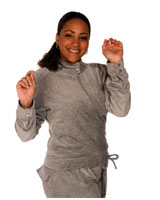
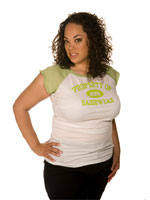

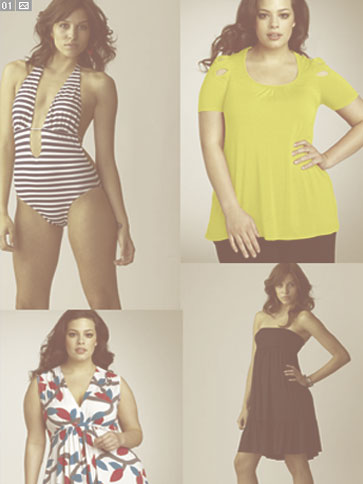

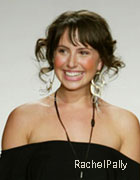


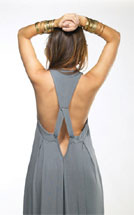
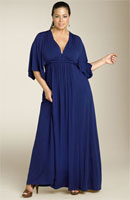
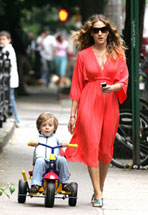
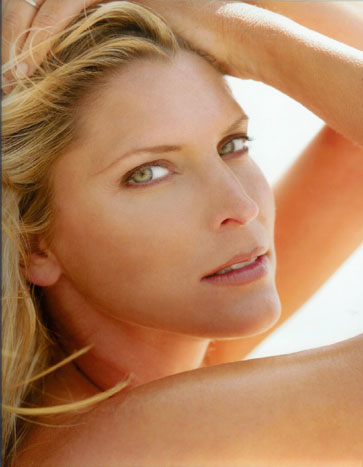
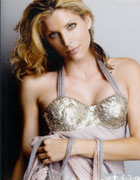
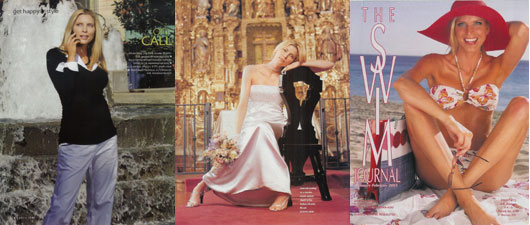
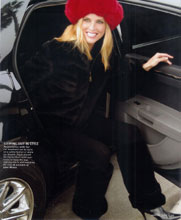
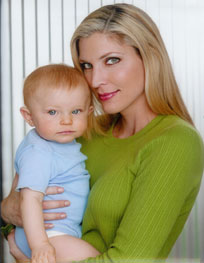
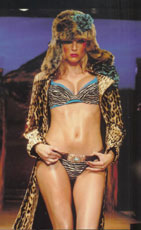
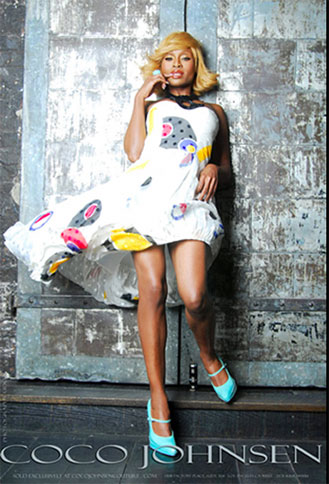
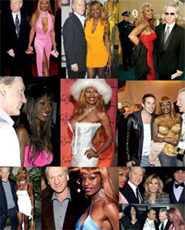
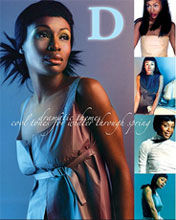

 We started out with our couture collection Coco Johnsen, and then we added the ready to wear line Coco Johnsen Ready toWear. And then we added sandals with Swarovsky crystals. Every day could be a different project. Because of the time restraints with Brazil, it could take up to 6 to 10 weeks to get a garment back to us. So we are looking every day for new ways to make our products better, and to keep our price points as low as we can, but still make a profit.
We started out with our couture collection Coco Johnsen, and then we added the ready to wear line Coco Johnsen Ready toWear. And then we added sandals with Swarovsky crystals. Every day could be a different project. Because of the time restraints with Brazil, it could take up to 6 to 10 weeks to get a garment back to us. So we are looking every day for new ways to make our products better, and to keep our price points as low as we can, but still make a profit.
